Making cheese in The Austrian Alps
A look at how a maker works with microbes to enable cheese magic
Gebsenkase is the name Anton Sutterlüty is using for the cheese he makes in the mountains of Northwestern Austria, near Germany and Switzerland. Here in Bregenzerwald it is lumped in the broad categories of Bergkase (mountain cheese) or Alpkase, which signifies a cheese made in the summer on an Alpe: A mid or high elevation grazing area with accompanying milking stable, and house/creamery. I feel that the name Gebsenkase is important, as it highlights the use of an endangered tool once common in the area, that is now only used by an estimated 20 producers. They are shallow milk wooden vessels, you can see them stacked in the above image.
The crafting of this cheese involves cultivating microbes; mainly, but not necessarily exclusively, originated from raw milk. No commercial starter cultures are used. The make consists of mechanisms for adjusting the fermentation, encouraging a slow, restrained, multilayered, polyphonic microbial song to take physical form. The cheese is an orchestra of antique wood tools, farmers in clogs, cows roaming mountain villages, alpine meadows, and maestros clad in white, performing ritualized motions over a copper caldron heated by fire. I will describe it as a series of layers, in which microbiological richness is encouraged, but also steered, with segments of microbial communities brought to center stage.
When the evening milk is received, it is placed in 20 liter wooden vessels called Gebsens. These are ancient tools used since before the Swiss technique of making alpine cheese in copper vats was introduced in 1650. Before this butter was the main cash product, and a rennet-less sour skim milk cheese similar to Graukase was made: Sura Kas (sour cheese). The milk was allowed to sour over many days in the Gebsens, encouraging more cream to rise. Their use has been modified for the Alpine make, which requires low levels of acidity when the cheese comes out of the vat. So now the milk is left overnight in a cool room, and skimmed in the morning, with only a slight souring. But the wood is a reservoir of microbes, including yeast, and the enzymatic shifts that begin here likely influence the final cheese. This is the second layer of microbial diversity after the health and microbial ecology of cow udders and milking equipment.
This last image could be shocking for some, and make them think this is a careless and sloppy way to maintain equipment that holds raw milk. But I argue it is anything but. The Gebsens are maintained by washing in near boiling whey, a process that can be varied depending on the how the milk is fermenting. When it is cold and the cheese ferments slowly, they can be simply dipped and scrubbed lightly in the whey. When it is hot and the cheese moves too fast, they are soaked longer and scrubbed more fully. So the activity of the microbes residing in the wood can be modulated, their volume turned up or down. This type of food safety program may be at odds with the sanitizer and stainless paradigm, but it works, is well thought out, and rigorously applied. The proof is in the exceptional quality of the finished cheese.
The third layer would be the main whey starter that is made by taking whey from the days make, heating it to 63c, then holding it at 38c for 8 hours. It is slightly sour when added to the next days vat in a light dose (1 ml for every liter of milk). By going to 63 you are selecting for heat tolerant thermophillic LAB who are doing the work of driving the fermentation, producing acid at these high temperatures. For whey starters to be active they must not ferment too far, which is probably why this one is held at 38c, just below the generic range of thermophillic bacterial growth.

Beside Streptococcus Thermophillus there are almost certainly Lactobaccilli such as helveticus and delbrueckii, but these need not be exactly identified. I can detect their likely presence from my years spent making cheese with commercial starter cultures. Increasingly I embrace the concept that you don’t need to know the Latin names of the microbes in order to work with them. Cheeses like Gebsenkase come not from the model of dissecting milk ecology into replicable strains to be reassembled, but from respect for the integrity of intact raw materials.
The fourth layer is the rennet, which Anton prepares from the abomasums of 3 month old veal calves raised, slaughtered, and butchered locally. We went to buy them from an archetypal comic book like butcher who will be played by Tom Waits in the movie version of this saga. He inflates them and dehydrates without salt in a warm dry space, and they have a texture of crinkly leather when sold as ballons with a fish sauce and organ aroma. Five of these are cut into strips and mixed to compensate for potential variation in their activity. A measured amount of these strips are rehydrated in warm whey from the days make, combined with post ricotta whey. This is held between 40-50 degrees overnight, becoming quite acidic, more so than the main whey starter. So it is a starter as well as a coagulant, and the blend of wheys and different temp could potentially be introducing other segments of the microbial community to the cheese than those found in the main starter.
It’s very hard to analytically tease apart exactly what is happening in this cheese. Maybe that is the lesson, to let go of futile attempts to categorize and firmly, intellectually explain life, which evades these manifestations of humanity’s neurotic tendencies. The cheese is sublimely delicious, why not just let the magic remain a mystery? My attempt is to have a bit of both worlds, to use a both sides of my brain, combined with heart, hands, and voice. To talk about the numbers and science but go beyond them to philosophy, beauty, and the pleasure of the senses, the joy of being alive encased in a cheese rind. Spending these weeks working alongside Anton has encouraged me that I am on a promising path with my evolving cheese philosophy, and inspired has me to take the concept of biocentric cheesemaking further.





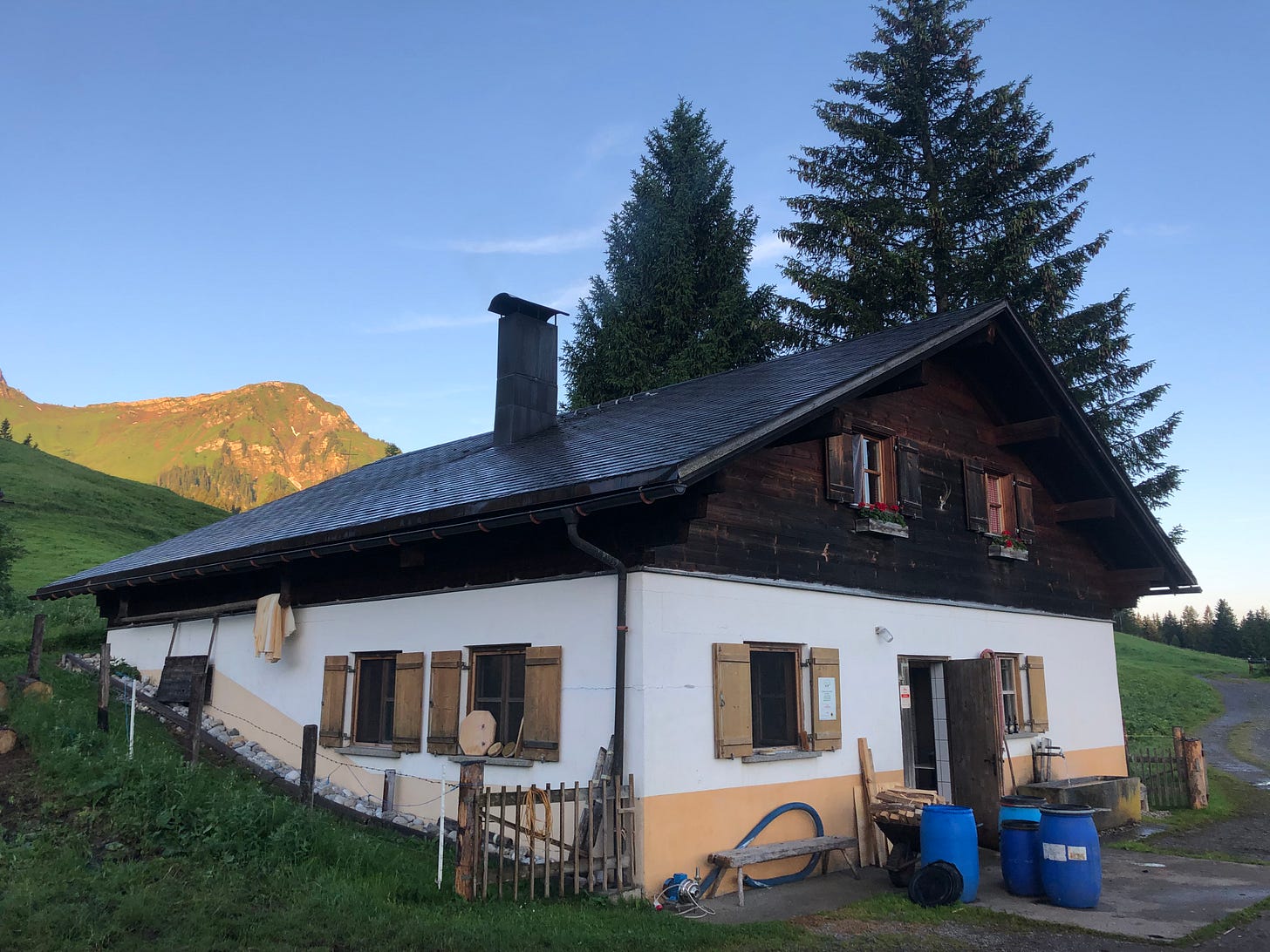
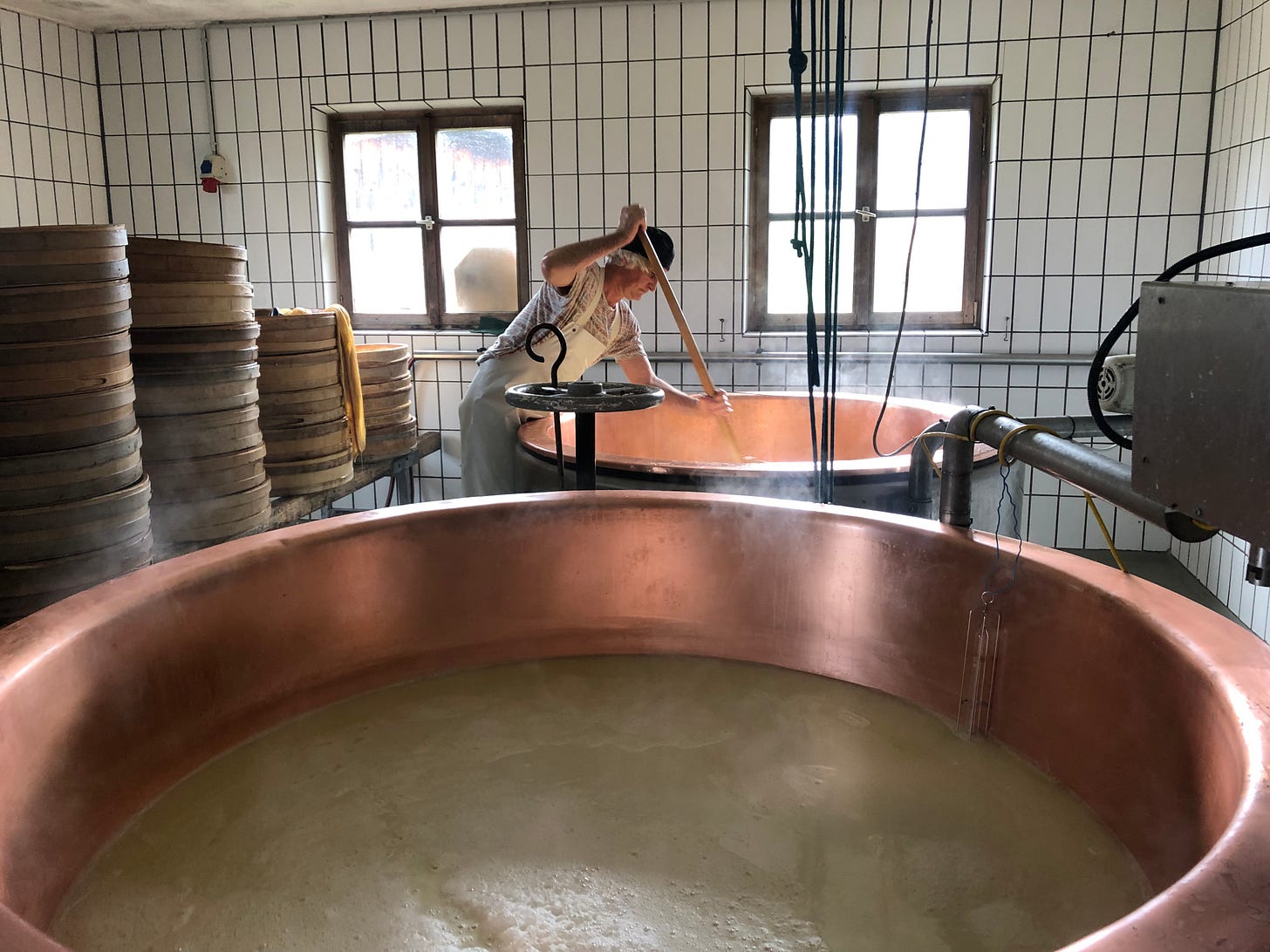
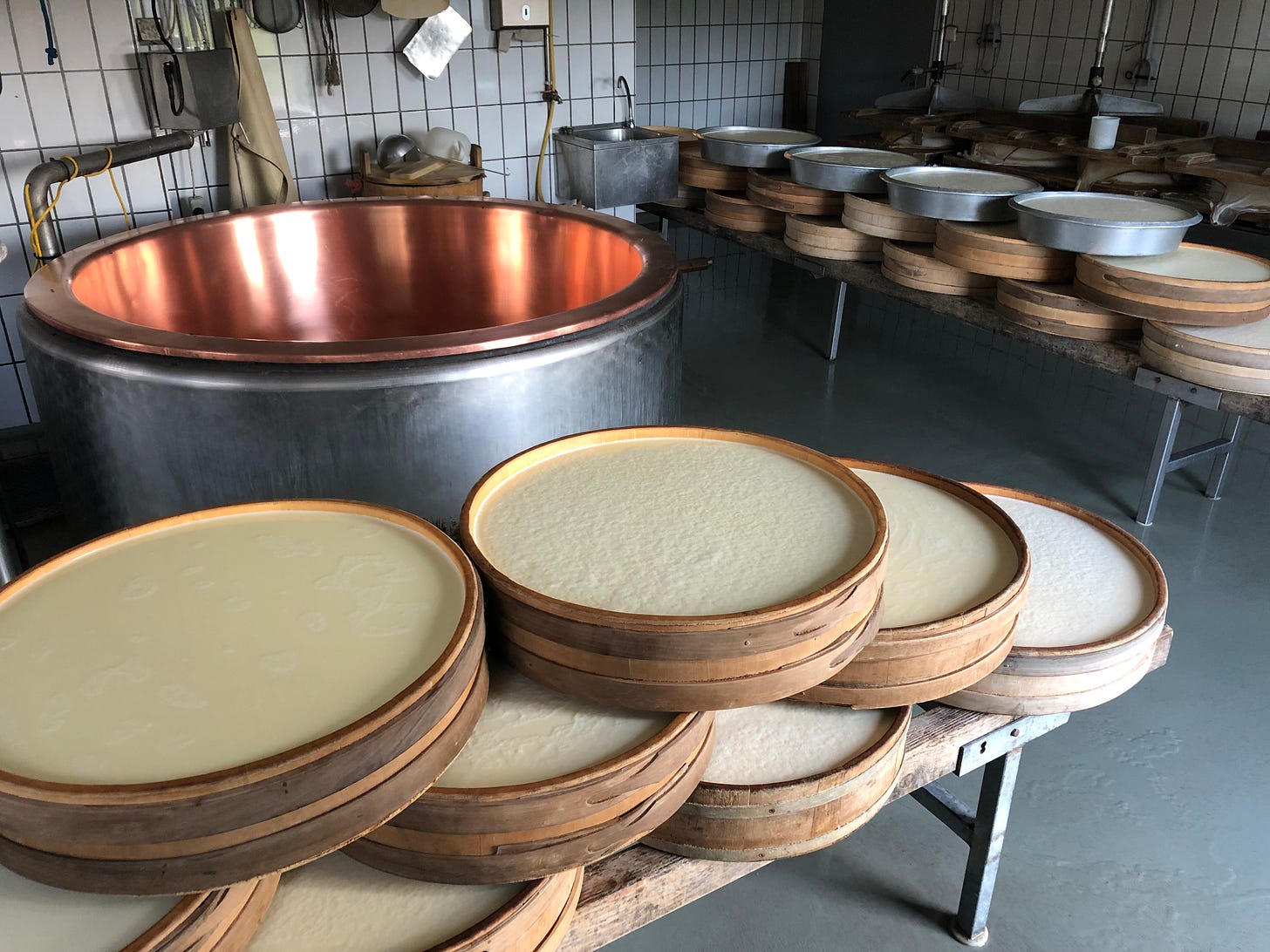
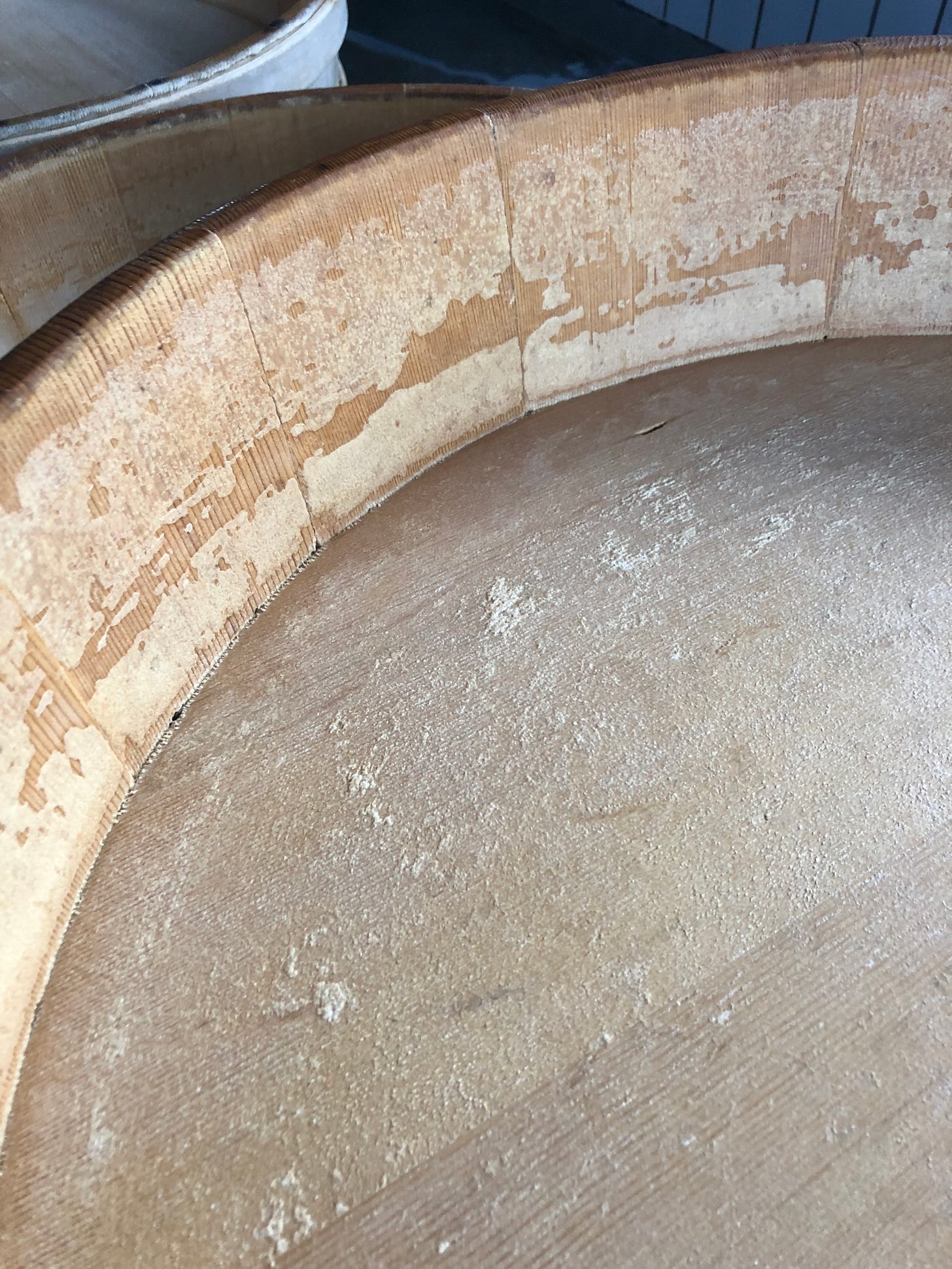

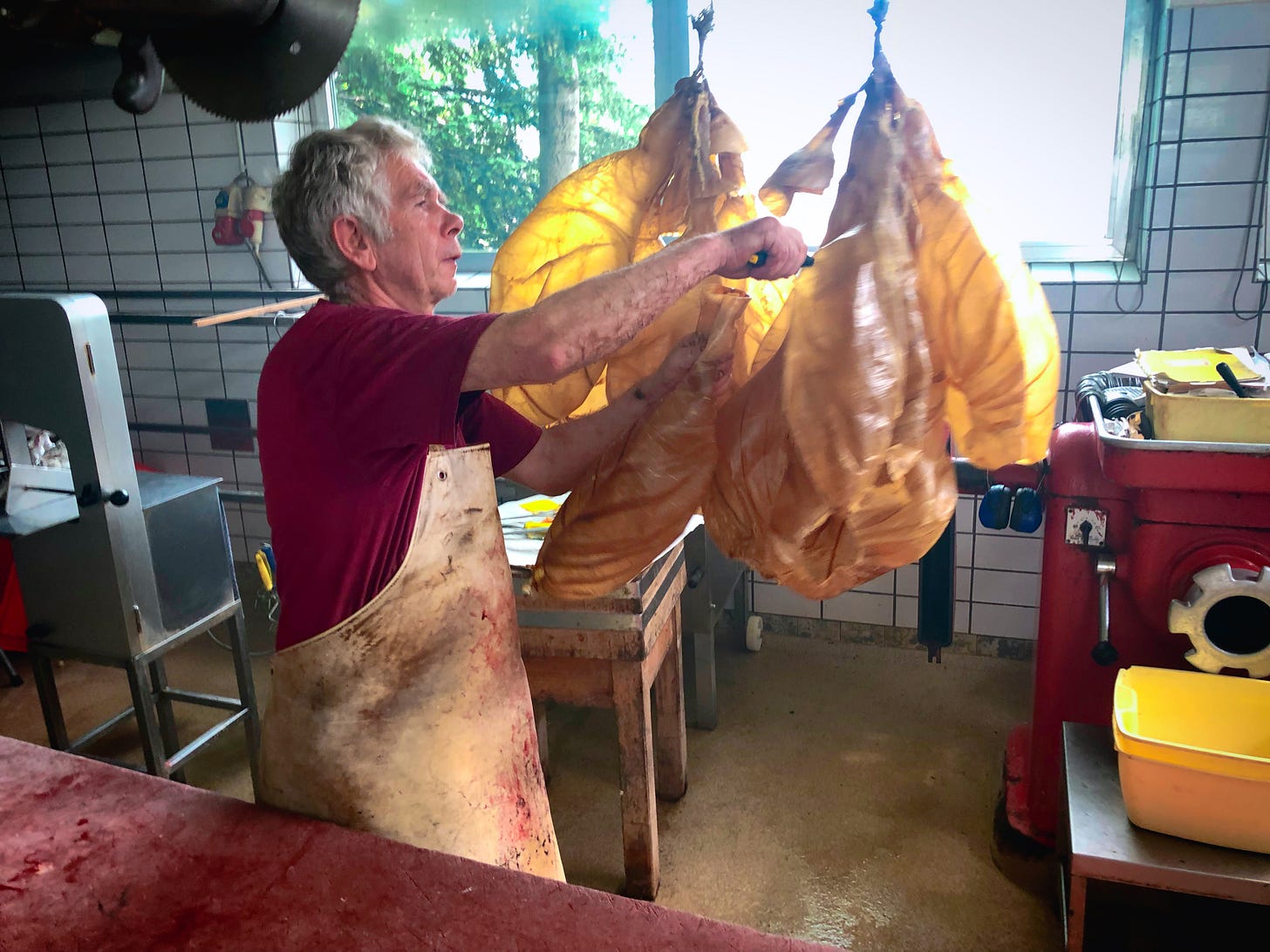
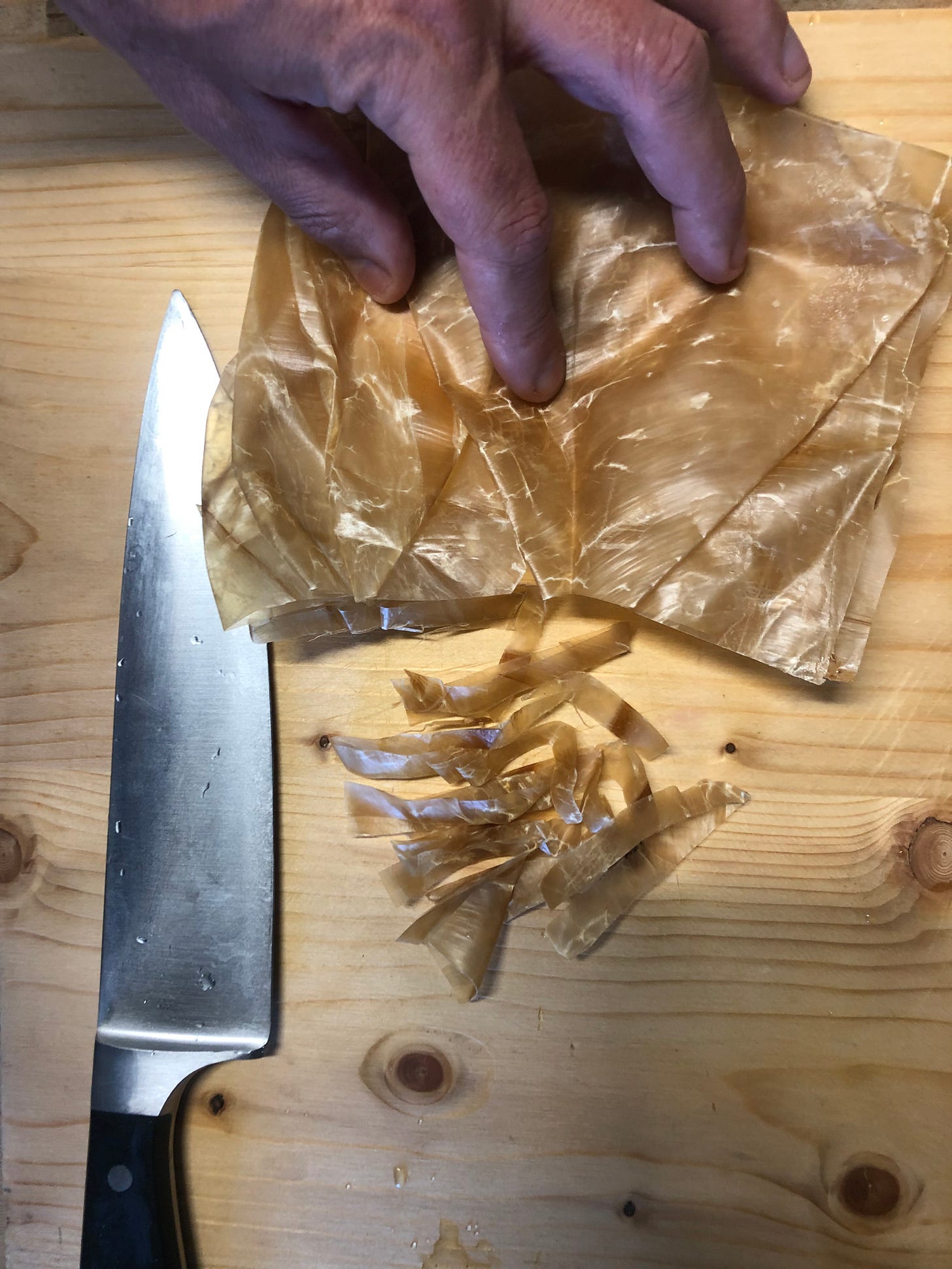

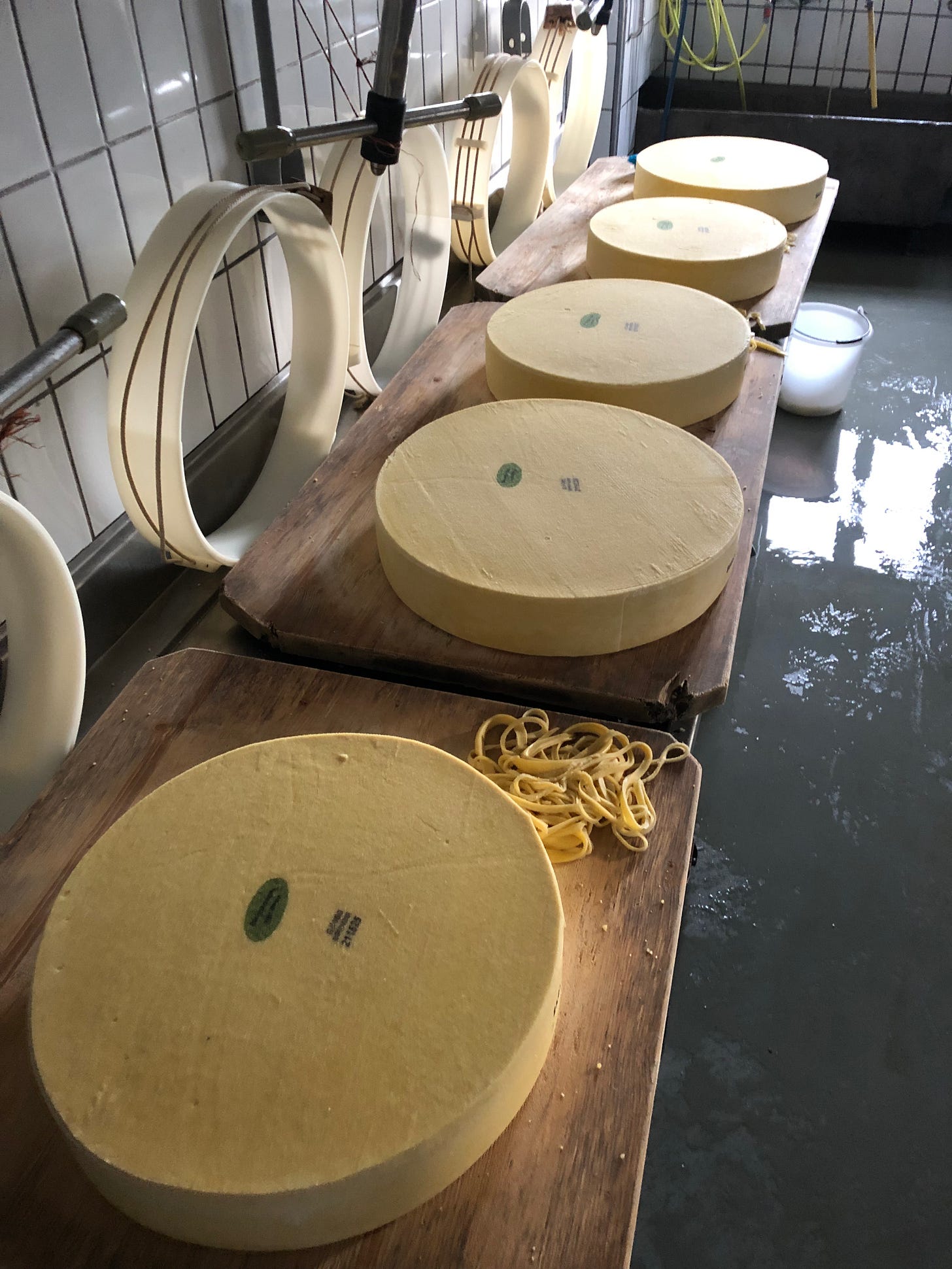
This is poetry! Thank you for every word!
As a Swiss I enjoyed this post very much much. What a wonderful read, and it brought “home“ a bit closer. Thank you. Greeting from Texas.